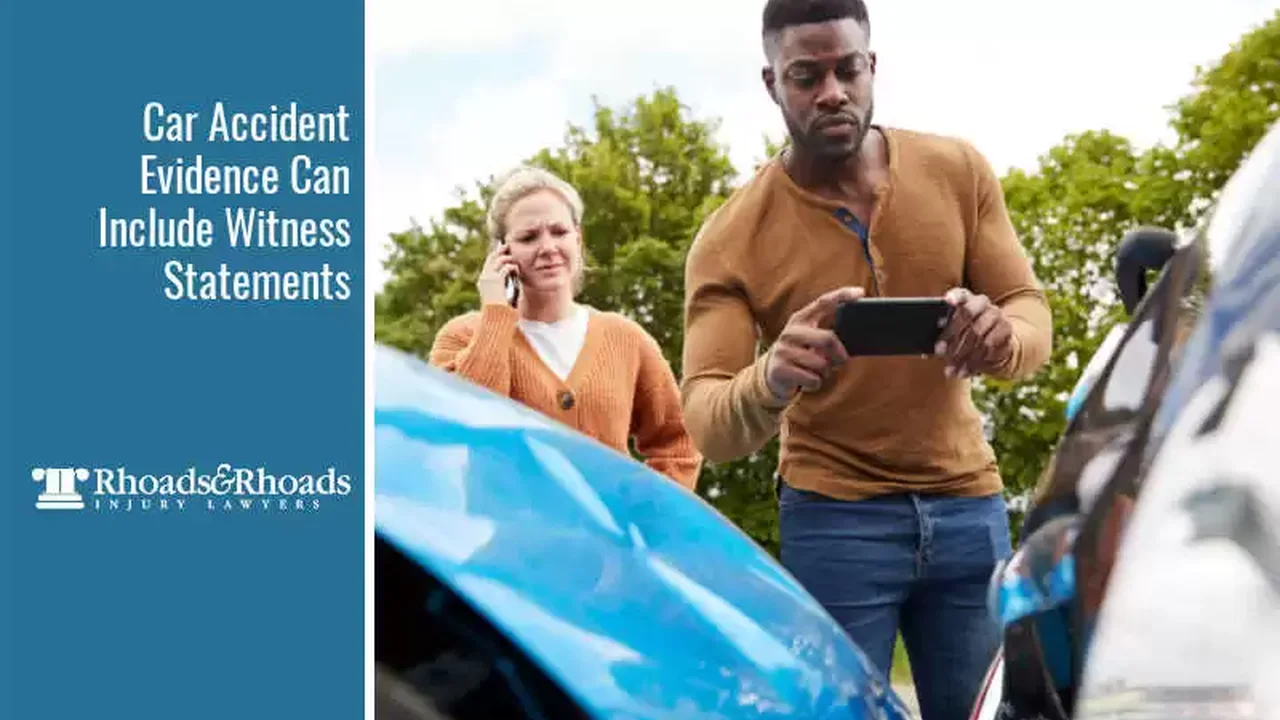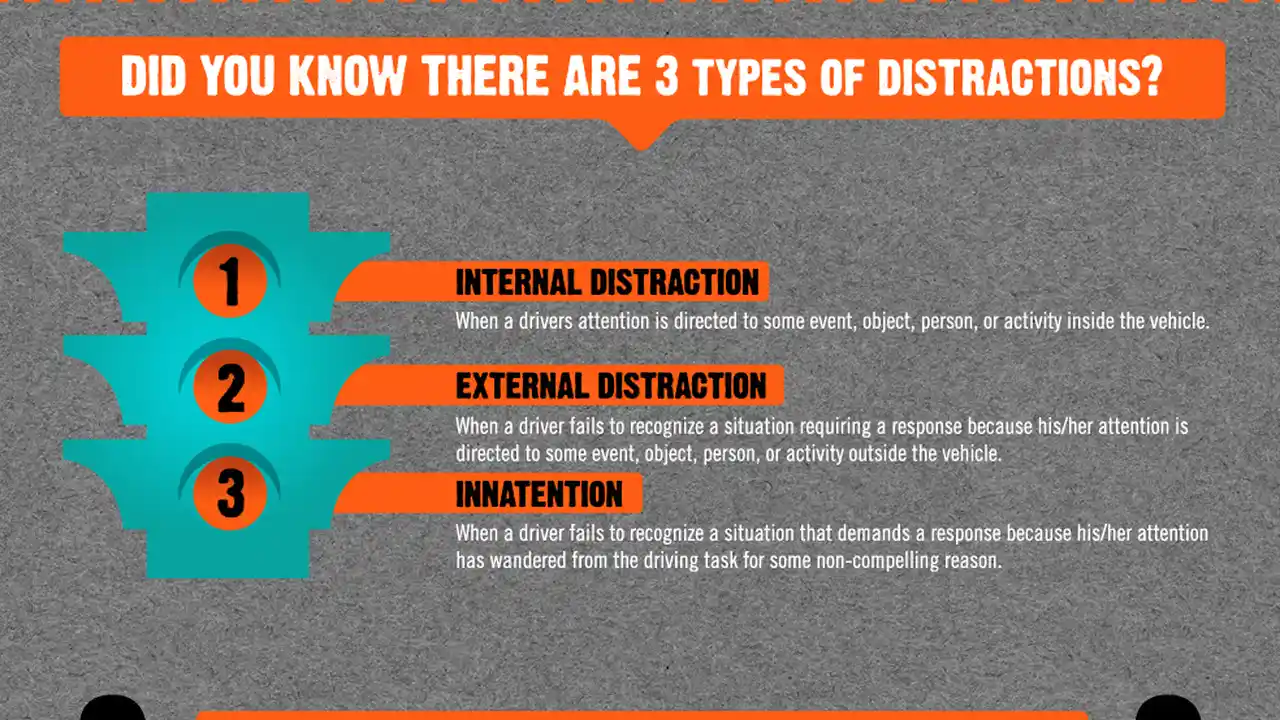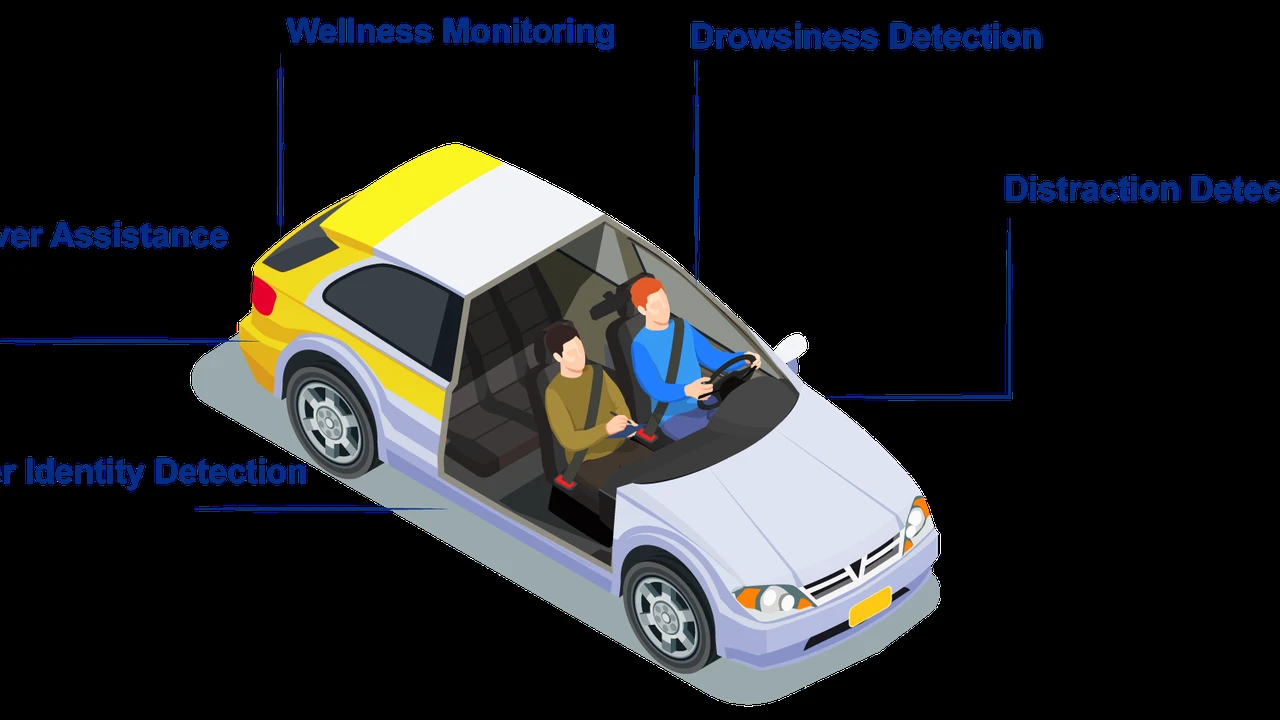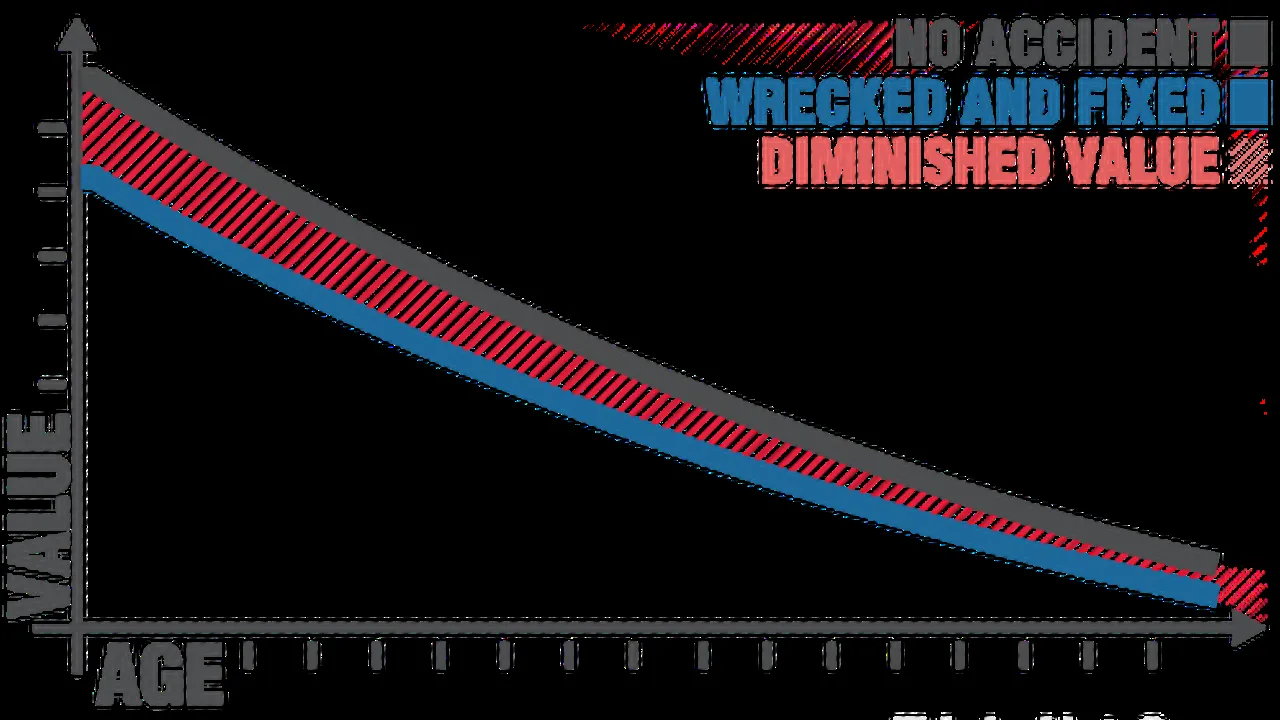Comparing Small Car Safety: Which Models Offer the Best Protection?
Comparing Small Car Safety: Which Models Offer the Best Protection?
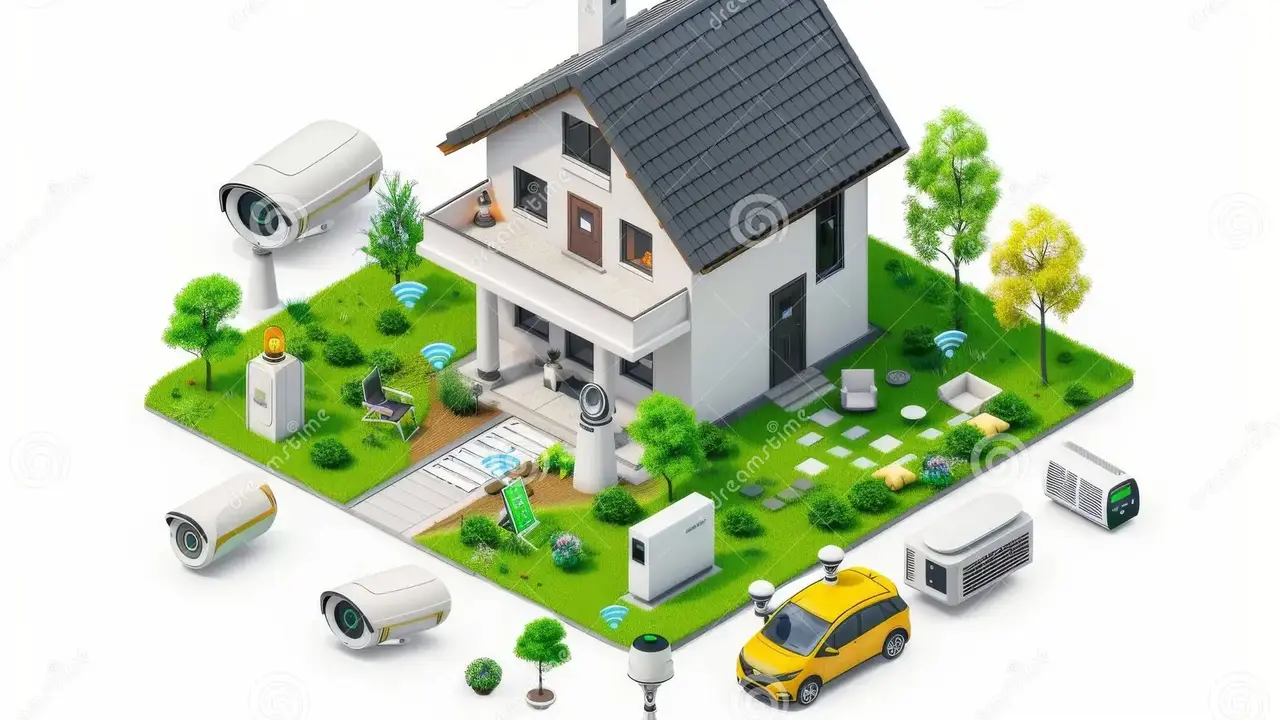
Understanding Crashworthiness Ratings for Small Cars Safety
Hey everyone! Let's talk about something super important when you're thinking about buying a small car: safety. We're diving deep into crashworthiness ratings and figuring out which small cars really offer the best protection in case of an accident. It's not just about looks, it's about keeping you and your loved ones safe on the road. So, buckle up (pun intended!) and let's get started. We’ll look at the IIHS (Insurance Institute for Highway Safety) and the NHTSA (National Highway Traffic Safety Administration) ratings. These are the big leagues when it comes to crash testing. The IIHS uses a "Good," "Acceptable," "Marginal," or "Poor" rating system, while NHTSA gives star ratings from one to five, with five being the best. Pay attention to these! They're based on rigorous testing and give you a solid idea of how a car will perform in a crash. Remember, these ratings are constantly evolving as car manufacturers improve their designs and testing methods become more sophisticated. It's always a good idea to check the latest ratings before making a purchase.
Key Safety Features in Small Car Vehicle Design
Alright, so what makes a small car safe anyway? It's not just about having airbags (though those are definitely important!). It's a combination of factors, including the car's structure, the materials used, and the advanced safety technologies it offers. Think about things like:
- High-Strength Steel: This stuff is tough! It helps the car's frame absorb impact energy in a crash, protecting the occupants.
- Airbags: Front, side, and curtain airbags are crucial for cushioning you during a collision.
- Electronic Stability Control (ESC): This helps prevent skidding and loss of control.
- Anti-lock Braking System (ABS): Prevents your wheels from locking up during hard braking, allowing you to steer.
- Advanced Driver-Assistance Systems (ADAS): We'll talk more about these later, but they include features like automatic emergency braking, lane departure warning, and blind-spot monitoring.
The overall design of the vehicle plays a crucial role. Engineers work hard to create a "safety cage" around the passenger compartment, designed to withstand significant impact. The crumple zones are designed to absorb energy from an impact, deflecting it away from the passengers.
Top-Rated Small Cars for Safety in 2024 IIHS and NHTSA Ratings
Okay, let's get to the good stuff! Which small cars are consistently acing those crash tests? Here are a few that stand out, based on recent IIHS and NHTSA ratings:
- Honda Civic (Sedan & Hatchback): The Civic consistently earns top marks for safety. It's a reliable choice with a good reputation.
- Mazda3 (Sedan & Hatchback): The Mazda3 is known for its sporty handling and stylish design, but it's also a safety superstar.
- Toyota Corolla (Sedan & Hatchback): Another reliable and safe option, the Corolla is a popular choice for a reason.
- Hyundai Elantra: The Elantra has stepped up its game in recent years, offering excellent safety features and a stylish design at a competitive price.
Remember to always check the latest ratings on the IIHS and NHTSA websites before making your final decision. Ratings can change from year to year as car manufacturers make improvements.
Comparing Honda Civic vs Mazda3 Safety Performance
Let’s do a quick head-to-head. Both the Honda Civic and Mazda3 are top contenders, but they have some subtle differences. The Civic generally scores very well in all IIHS crash tests, often earning the "Top Safety Pick+" designation. The Mazda3 also performs admirably, with similarly high scores.
One area where they might differ slightly is in the small overlap front crash test. This test simulates a collision where only a small portion of the front of the car impacts another vehicle or object. While both perform well, one might edge out the other slightly depending on the specific model year.
Feature-wise, both cars come standard with a suite of advanced safety technologies. The Civic often includes Honda Sensing, which features adaptive cruise control, lane keeping assist, and automatic emergency braking. The Mazda3 comes with i-Activsense, a similar suite of safety features.
The Role of Advanced Driver-Assistance Systems (ADAS) in Small Car Accident Prevention
ADAS is a game-changer in car safety. These systems use sensors, cameras, and radar to help prevent accidents before they happen. Here are some key ADAS features to look for:
- Automatic Emergency Braking (AEB): This system can automatically apply the brakes if it detects an imminent collision.
- Lane Departure Warning (LDW): Alerts you if you start to drift out of your lane.
- Lane Keeping Assist (LKA): Gently steers the car back into its lane if you start to drift.
- Blind-Spot Monitoring (BSM): Alerts you to vehicles in your blind spots.
- Rear Cross-Traffic Alert (RCTA): Warns you of approaching vehicles when you're backing up.
- Adaptive Cruise Control (ACC): Maintains a set distance from the car in front of you, automatically adjusting your speed.
These systems are becoming increasingly common in small cars, and they can make a real difference in preventing accidents. They are not, however, a replacement for attentive driving. Always stay focused on the road!
Practical Applications of Small Car Safety Features Real-World Scenarios
Let's think about how these safety features play out in real-world scenarios. Imagine you're driving on the highway, and the car in front of you suddenly slams on its brakes. Automatic Emergency Braking (AEB) could kick in and help you avoid a collision, or at least reduce the severity of the impact.
Or, let's say you're merging onto the highway and you don't see a car in your blind spot. Blind-Spot Monitoring (BSM) would alert you, preventing a potentially dangerous situation.
These systems aren't just for emergencies. Lane Keeping Assist (LKA) can help you stay centered in your lane on long drives, reducing driver fatigue. Adaptive Cruise Control (ACC) can make highway driving much more relaxed by automatically maintaining a safe following distance.
Recommended Small Car Models with Excellent Safety Ratings and Features
Let's get down to some specific recommendations. Here are a few small cars that consistently earn high safety ratings and come packed with advanced safety features:
- Honda Civic (Starting around $24,000): A well-rounded choice with excellent safety ratings, good fuel economy, and a comfortable interior. Great for daily commutes and small families.
- Mazda3 (Starting around $23,000): A stylish and sporty option with top-notch safety features and a premium feel. Ideal for those who enjoy driving.
- Toyota Corolla (Starting around $22,000): A reliable and affordable choice with a strong focus on safety and fuel efficiency. Perfect for budget-conscious buyers.
- Hyundai Elantra (Starting around $21,000): Offers excellent value for money, with a long list of standard features and a stylish design. A good option for first-time car buyers.
- Subaru Impreza (Starting around $20,000): Standard all-wheel drive sets it apart, providing extra confidence in adverse weather conditions. A solid choice for those who live in snowy or rainy areas.
Small Car Safety Feature Price Comparison and Value Analysis
When you're shopping for a safe small car, it's important to consider the price and value of the safety features you're getting. Some cars offer advanced safety features as standard equipment, while others offer them as optional extras.
For example, the Hyundai Elantra is known for offering a lot of features for the price, including a comprehensive suite of ADAS technologies. The Honda Civic and Mazda3, while slightly more expensive, also offer excellent value with their combination of safety, reliability, and performance.
It's worth comparing the prices of different models and trim levels to see which offers the best combination of safety features and affordability. Don't be afraid to negotiate with the dealer to get the best possible price.
Understanding Insurance Costs and Safety Ratings for Small Vehicles
Did you know that a car's safety rating can actually affect your insurance costs? Insurance companies often offer lower rates for cars that have good safety ratings, as they are less likely to be involved in accidents or result in serious injuries.
Before you buy a car, it's a good idea to get an insurance quote for the specific make and model you're considering. You can use online tools or contact your insurance company directly. Be sure to mention the safety features the car has, as this could potentially lower your premium.
Also, remember that insurance costs can vary depending on your driving record, age, and other factors.
Future Trends in Small Car Safety Technology
The future of car safety is looking brighter than ever. We're seeing rapid advancements in technology that promise to make cars even safer in the years to come.
One trend is the increasing use of artificial intelligence (AI) in ADAS systems. AI can help these systems become more accurate and reliable, allowing them to better predict and prevent accidents.
Another trend is the development of vehicle-to-vehicle (V2V) communication technology. This technology allows cars to communicate with each other, sharing information about their speed, location, and direction. This can help prevent accidents by alerting drivers to potential hazards.
We're also seeing improvements in airbag technology, with the development of more advanced airbags that can better protect occupants in a wider range of crash scenarios.
:max_bytes(150000):strip_icc()/277019-baked-pork-chops-with-cream-of-mushroom-soup-DDMFS-beauty-4x3-BG-7505-5762b731cf30447d9cbbbbbf387beafa.jpg)



